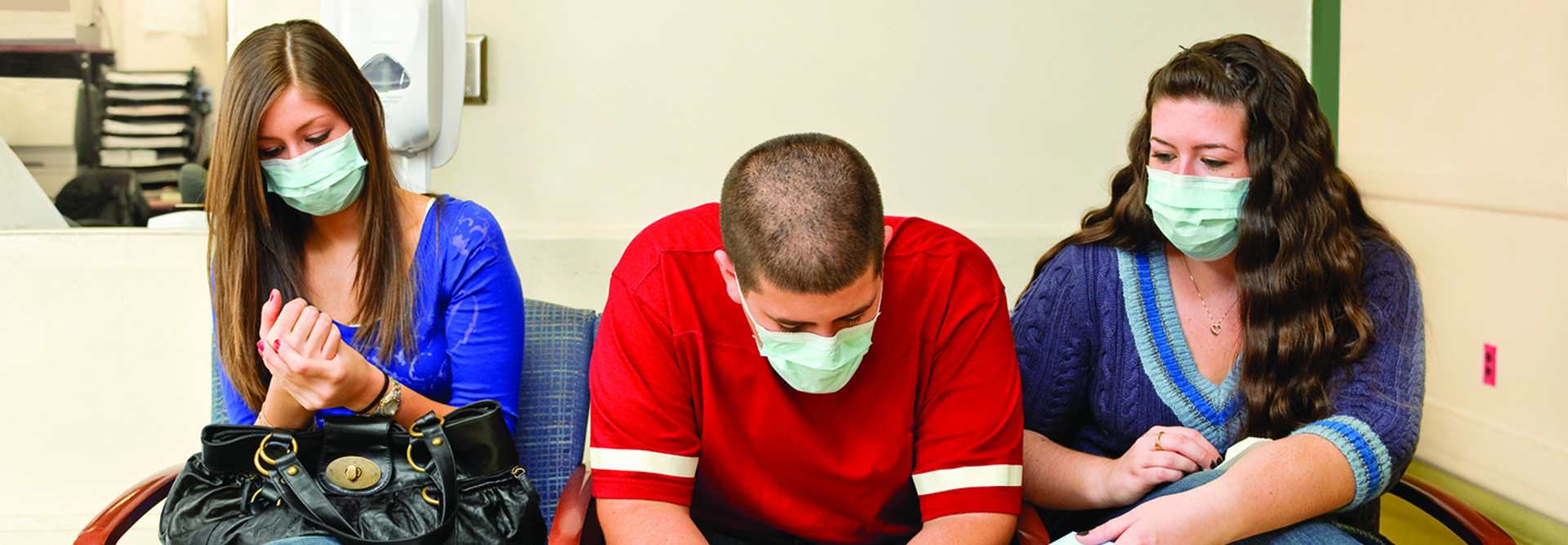1. Videoconferencing Reduces Risk With Remote Care
Earlier this month, Sheba Medical Center in Tel Aviv, opened a coronavirus telemedicine program to physically isolate and treat Israeli patients, according to The Jerusalem Post. A telehealth-driven model could be expanded in the U.S. if coronavirus cases grow, one federal official told National Public Radio last week.
Meanwhile, many Chinese employees at home under government- or self-imposed quarantines are turning to remote work tools such as Zoom videoconferencing, CNBC reports. The platform “could be very helpful in quarantined areas, as it enables people to communicate and reduce the risk of exposure,” Bouey says.
A reactionary measure to install 5G networking and communications equipment at the West China Hospital of Sichuan University has allowed providers to conduct the first remote diagnosis of coronavirus with the help of a telehealth system. The initiative will be expanded to other hospitals, Business Insider reports.
READ MORE: 6 Reasons Telehealth Is Now More Important Than Ever
2. Robots Lend a Helping Hand With Patient Care
In late January, physicians at Providence Regional Medical Center in Everett, Wash., used a robot to take an infected man’s vitals with a stethoscope and to communicate via a built-in screen. The remote-controlled telehealth cart allows physicians to perform basic diagnostic functions, such as taking blood pressure and temperature.
“Technology is allowing us to reduce the number of up-close interactions” tied to coronavirus exposure, Dr. Amy Compton-Phillips, the organization’s chief clinical officer, told Forbes.
Other use cases cited by Chinese news media include robotic food delivery and rubbish removal. And, robots designed to kill germs by emitting ultraviolet C light are sterilizing rooms at facilities with suspected cases of coronavirus, as well as the interiors of some airplanes traveling from China to Los Angeles International Airport.
3. Software Identifies Coronavirus Patterns in Health Records
Some healthcare IT vendors are updating their software to better identify patterns and potential signs of trouble.
In late January, electronic health record giant Epic updated its travel screening questionnaire in collaboration with biocontainment experts and infectious disease specialists, drawing on coronavirus guidance from the Centers for Disease Control and Prevention.
The goal: to ensure clinicians and other frontline medical staff ask patients about recent international travel and relevant symptoms that could prompt isolation precautions, Healthcare IT News reports.
Both Athenahealth and Meditech have also released new guidance, testing orders and screening questions within their respective EHR software. “The technology and tools really help get information out to patients and providers more quickly,” Costantini says.











